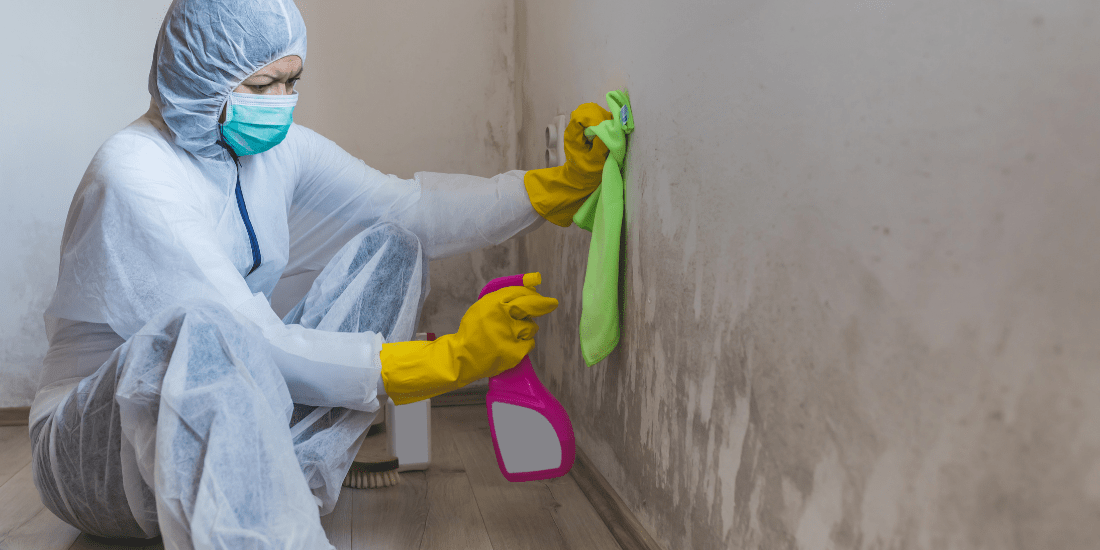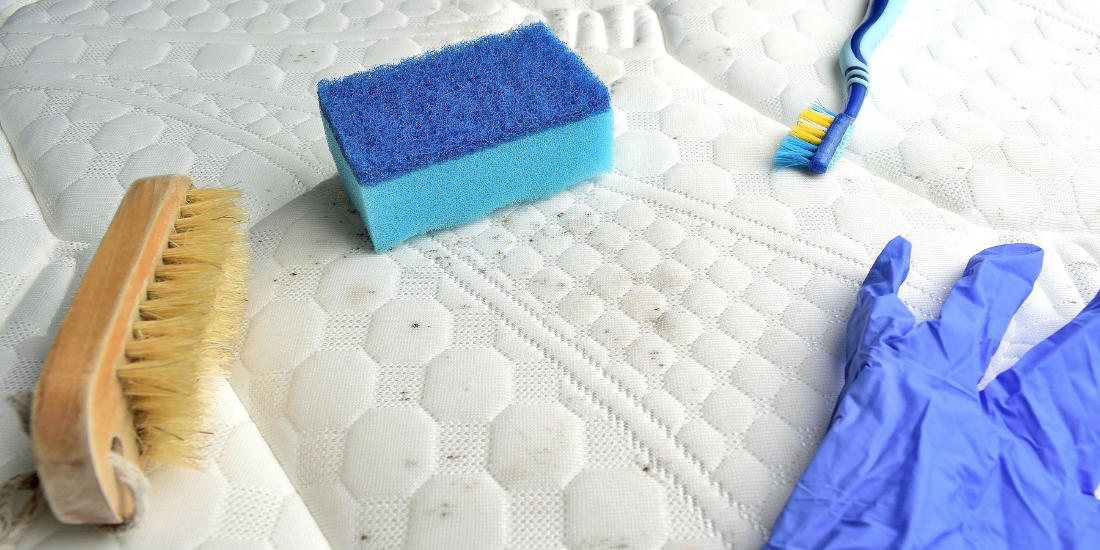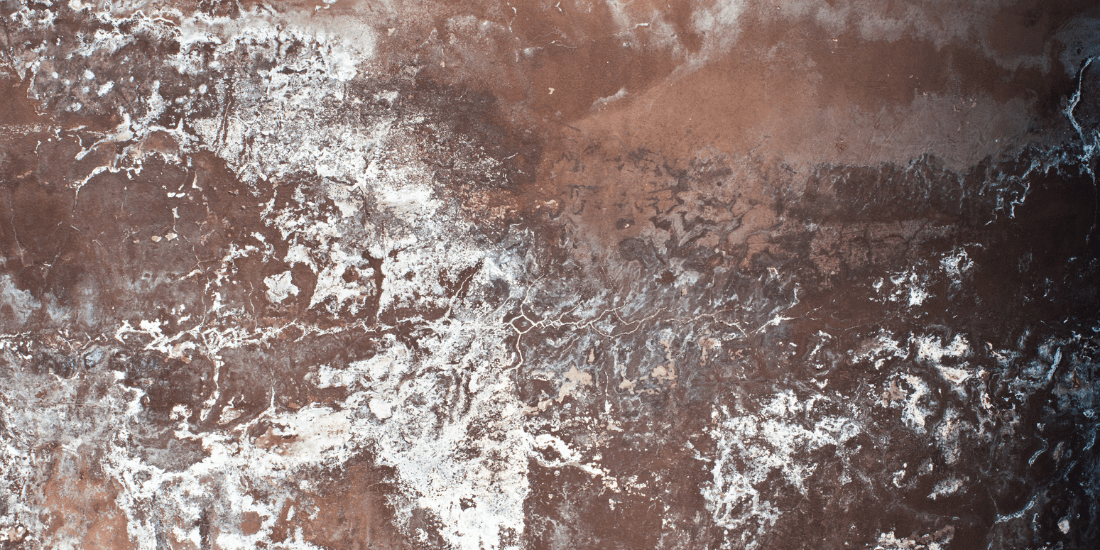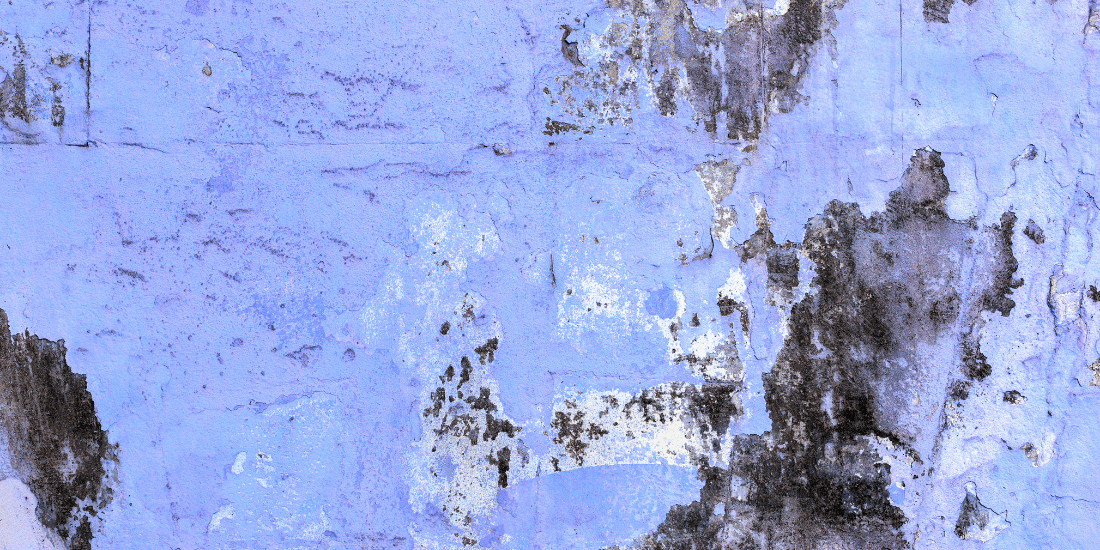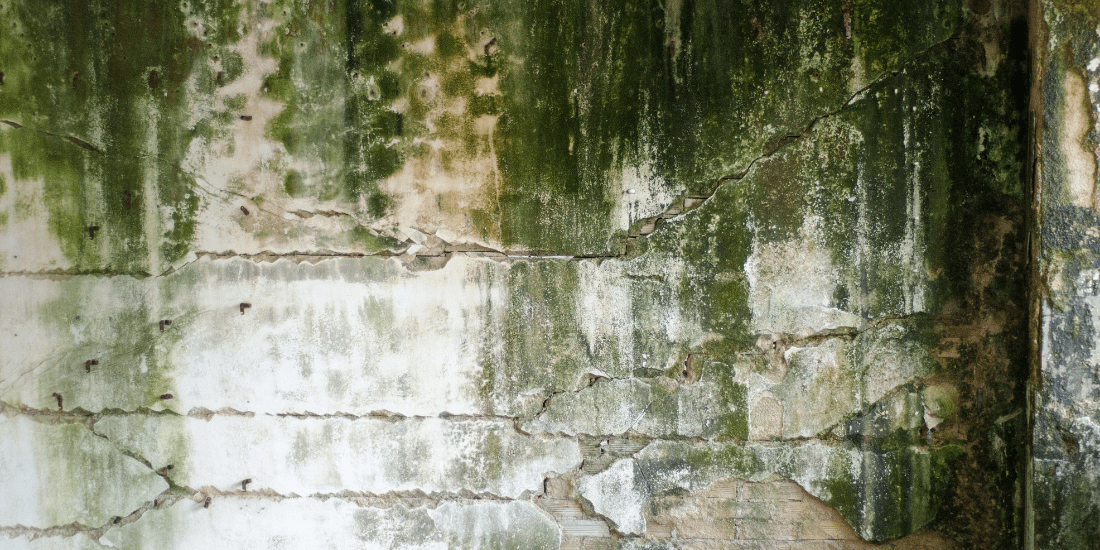Mold can be a massive problem for many homeowners. It can cause respiratory problems, allergies, and even more severe illnesses if you live in an environment with high levels of mold spores.
So, what is the best way to remove mold from walls? Luckily, there are several ways to get rid of it!
In this blog post, we will discuss how to remove mold from walls.
Know Your Mold and Mildew Types
Several types of mold and mildew can grow on your walls. Knowing which exists is crucial because it will determine how to remove mold from walls.
The two most common types of mold in houses are Penicillium, which looks like a white or cream color with fuzzy edges, and aspergillus, which has brown spores with dry patches surrounding them.
How do you know if there are high levels of mold within your living space? First, you should look for the discoloration caused by moisture damage- this may include peeling paint or wallpaper.
If you have any water stains near windowsills or baseboards, then these could be signs too! However, mildew usually occurs when damp surfaces stay wet for long periods and is most often found in bathrooms, pantries, or basements.
What is Black Mold?
Black mold is a type of fungus that grows on organic materials with high cellulose content, such as wood, paper, or cotton. It can also develop in your walls, especially if you are experiencing water damage and have heaps of humidity!
It’s crucial to keep in mind that if black mold has grown within your living space for more than four weeks, then it’s most likely time to call an environmental professional. They will help in removing mold from walls as they dive from deep inside the wall cavities.
While black mold does not cause any discomfort, it does release dangerous toxins into the air, so it’s important to avoid breathing them in at all costs! Signs include nausea, dizziness, headaches, fever when exposed over a long period.
Best Way to Remove Mold from Walls – Black Mold
- Clean the moldy surface with a solution of water and bleach (or another cleaning agent.)
- When done, rinse off the walls to remove any residual chlorine or smell. You can also use an odor remover if this is still a problem after scrubbing.
- Ensure that all surfaces near where mold has been removed have been cleaned thoroughly as well, as these will be highly susceptible to growing more spores. If necessary, seal large cracks in ceilings, so there isn’t any additional moisture getting into your living space.
- Or, call a professional!
What is White Mold?
White mold can be found deep in the walls of your living space and is usually caused by water damage. This type of fungus releases toxic spores into the air that are more harmful than other types because they contain mycotoxins, which can cause respiratory problems when inhaled over a long time.
Best Way to Remove Mold from Walls – White Mold
- First, make sure to vacuum or sweep any visible residue away- this will help prevent it from spreading even further!
- Next, remove as much moisture as possible where these spores have been growing. If there’s a leaky pipe, ensure you carry out repairs immediately. If not, use an anti-mold sealant around all windows and doors to stop any additional moisture from entering your home.
- Finally, clean the moldy surface with a solution of water and bleach (or a mold remover cleaning agent.) When finished, rinse off the walls to remove any residual chlorine or smell. You can also use an odor remover if this is still a problem after scrubbing!
Ensure that all surfaces near where mold has been removed have been cleaned thoroughly as well- these will be highly susceptible to growing more spores.
If necessary, seal large cracks in ceilings, so there isn’t any additional moisture getting into your living space.
What is Blue Mold?
Blue mold is risky because it has a toxic effect on humans. But, ironically, it’s also the most common mold found in households. So, with that being said, if you’re experiencing any health symptoms such as fatigue, muscle aches, or headaches, then this could be a sign that there are high levels in your environment.
If you don’t have these signs but still want to determine whether or not there’s blue mold present – look for visible discoloration from water damage and stains near window sills, baseboards, bathroom ceilings, or around your shower.
It can also grow within walls if moisture is left unchecked for long periods, so make sure all surfaces near where spores have been removed are cleaned thoroughly too!
Best Way to Remove Mold from Walls – Blue Mold
- Chlorine bleach – One of the best ways to remove mold from walls that is blue, is by using chlorine bleach. Mix it in a solution that has been diluted beforehand, and get to work.
- Hydrogen peroxide – If you’re not looking for something as harsh, hydrogen peroxide can also do the trick.
- Vinegar – Vinegar is a mild acid that’s effective for killing mold and can actually help prevent future mold growth. Vinegar has been shown to be more environmentally friendly than bleach, which means it won’t produce chlorine gas or toxic fumes like its chemical counterpart.
What is Green Mold?
Like blue mold, green mold is a type of bacteria, and can be found in humid areas around the typical household. It’s usually more commonly found on fabrics or wood, but can also grow deep within the walls.
Best Way to Remove Mold From Walls – Tips
If you’re looking for a clear-cut answer on how to remove mold from walls, the tips below can provide you with a more significant overall idea.
Step 1: Assess the Damage
Mold can be a tricky pest to get rid of. When you notice mold on an interior wall, assess the condition and extent to know what action should take place next.
For example, if drywall has been compromised or bowed out with black or bluish splotches, then that section will need to be replaced for safety reasons.
You may also find sections covered in only small spots where milder cleaning efforts would suffice. If this is the case, you will have to paint over them to ensure they’re clean from any bacteria left behind by the mold.
Step 2: Prepare the Area
When removing mold, you must protect other surfaces from the bleach or chemicals. For instance, cover your floor with plastic drop cloths and tape them into place to avoid any spills on adjacent objects like floors. In case of a spill, it is always best to have some old towels nearby for cleaning up when needed!
Step 3: Get Rid of the Mold
The best way to remove mildew and mold from walls is with bleach/water. You can mix one part of bleach for every three parts of water. Or, opt-in for any of the commercial cleaners available at your local hardware store if you don’t want the hassle.
Step 4: Use a Stain-Blocking Paint
When you’ve finished removing mold from walls, you should ensure you prime the wall with stain-blocking paint. This way, you can have peace of mind that the mold will not make its way back.
Congratulations, you’ve just won a life-long battle against mold! Now, keep your guard up and keep an eye out for potential signs of any pesky growth.
How To Clean Mold From Wall
Cleaning mold from your wall is the same process as removing it. This cleaning method is a general cleaning method that can clean any kind of mold. White molds, green molds, and black molds.
The process below can also be used to clean mold from brick walls, but you will have to use the brush instead of the cloth to remove the mold off the brick wall.
These are the steps you will need to take.
- Get a spray bottle and add some bleach to it or use some of the bleach cleaning products you have to clean your bathroom.
- Spray it on the surface of the mold and let it sit for a few minutes.
- Depending on how soft or hard the mold is. You will need to use a soft brush or a hard enough cloth to wipe it away.
- Wipe or brush the mold till it is no longer there.
- Repeat this process if the mold still exists.
Remember to always wear a glove when you are using any chemicals when cleaning or doing anything else that involves them.
